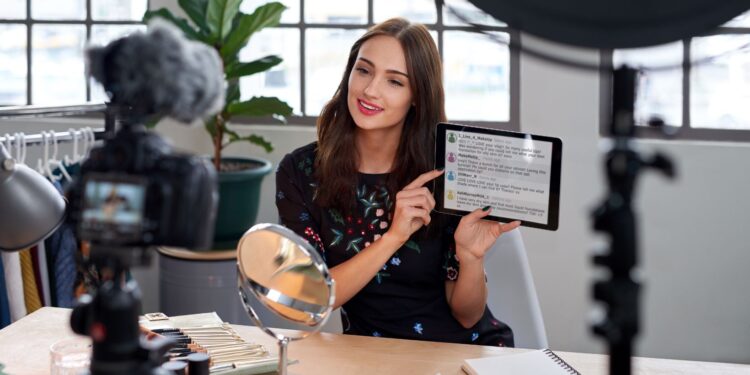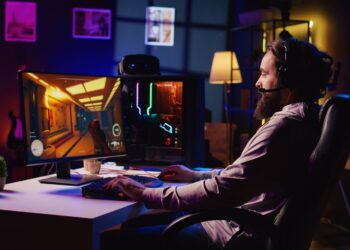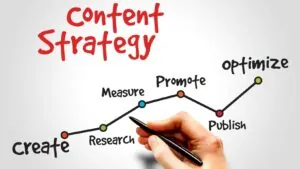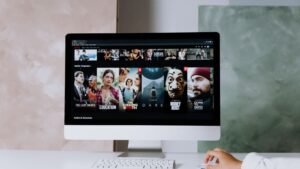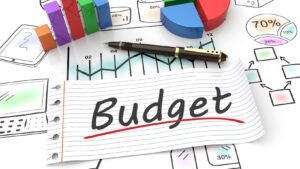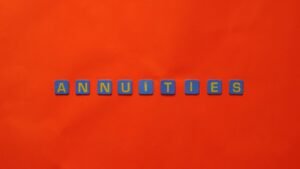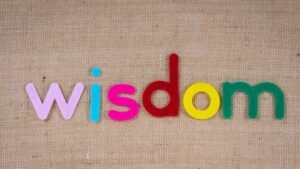We see so much content every day. Slowing down might feel strange, but it can help you think better and focus more. Minimalist media isn’t about missing things—it’s about paying attention to what matters. To stay focused, even activities like Betrolla can be streamlined to avoid unnecessary distractions.
What Is Minimalist Media?
Minimalist media means choosing less, but better, content. It’s about being careful with what you watch, read, or listen to. Instead of scrolling endlessly, you choose carefully. The goal isn’t silence. It’s space for reflection, for thought, for ideas to grow.
Too Much Content, Not Enough Depth
We’re surrounded by noise. Social media feeds update by the second. News apps buzz with “breaking” headlines. Podcasts autoplay. YouTube recommends 10 more videos after one ends. This constant stream can feel exciting at first. But it often leads to surface-level thinking. We skim, swipe, and click without absorbing much. The more content we consume, the less time we spend reflecting on it.
Benefits of a Slimmer Digital Diet
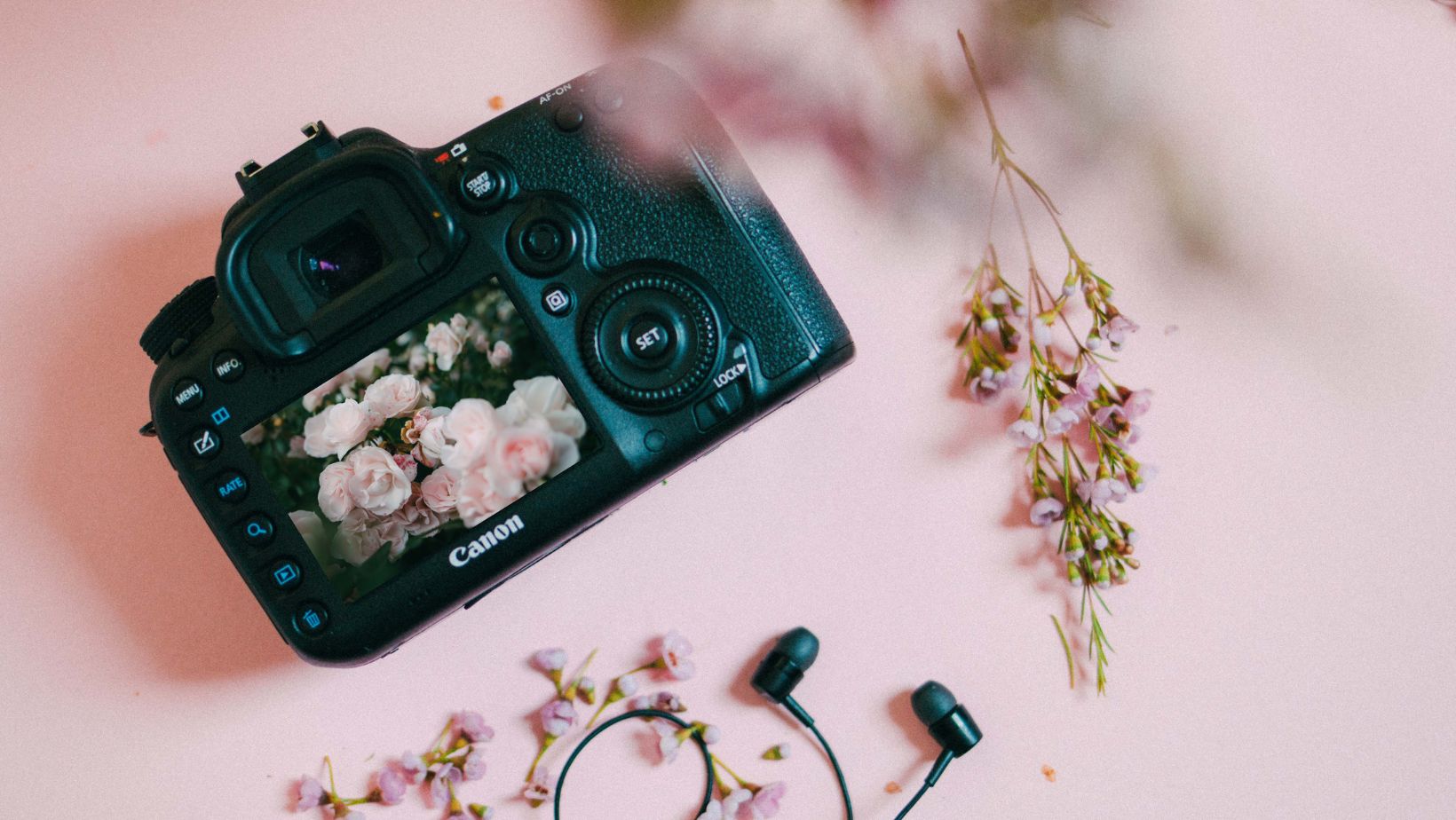
Let’s look at what happens when you cut back.
- Better Focus: You stop jumping between tabs and start finishing what you start.
- Improved Memory: Less input gives your brain more time to retain what it learns.
- Less Stress: Constant updates can trigger anxiety. Fewer alerts, calmer mind.
- Deeper Insight: When you slow down, you think deeper. You make connections.
How to Start: Audit Your Media Intake
Take a week. Track what you consume. Write it down—websites, shows, apps, podcasts, everything. You’ll likely be surprised.
Now ask:
- Did this teach me anything?
- Did I enjoy it?
- Did it help me grow?
If the answer is no, it might be time to let it go.
Choosing Quality Over Quantity
Instead of binge-watching 12 shows, pick one that challenges your thinking. Instead of scrolling through 30 creators, follow 3 who inspire and educate. Don’t settle for noise when you can have value. A few trusted voices are better than a hundred random ones.
The Power of Slow Media
Slow media is about depth. It’s long-form articles instead of quick takes. It’s a full book instead of headlines. It gives your brain space to sit with new ideas.
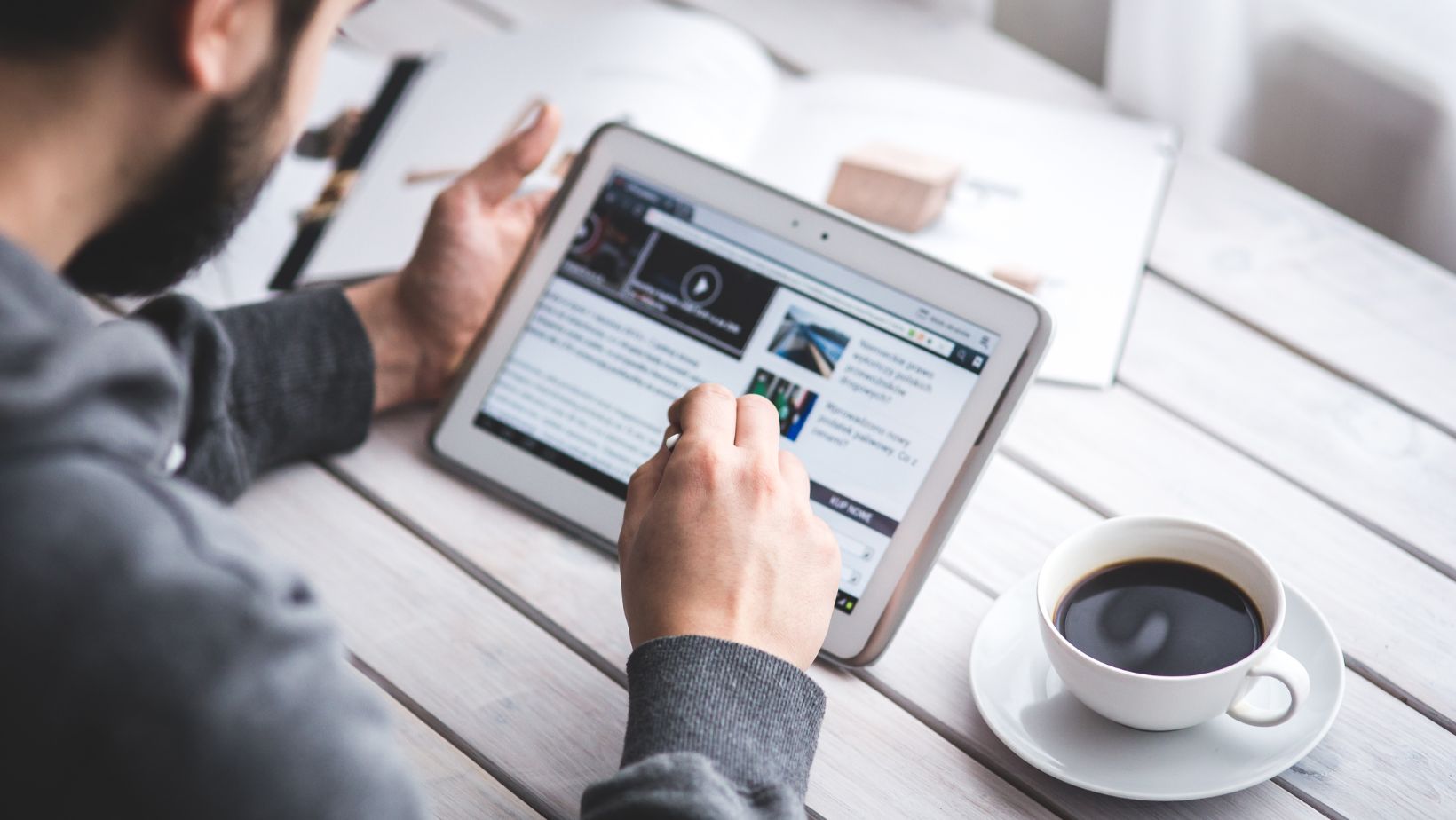
When was the last time you read something twice? With slow media, that becomes normal. It’s not passive. It’s active, and it sticks with you.
Use Tools That Help You Think
Some tools and platforms encourage slower, more mindful media use:
- Readwise helps you revisit what you’ve read.
- Pocket lets you save long articles for later.
- Minimalist YouTube channels focus on calm, focused content.
- Distraction blockers limit endless scrolling.
These aren’t about quitting tech. They’re about using it better.
Set Boundaries Without Guilt
You don’t have to be online all the time. Try digital limits:
- No screens in the morning.
- One news check per day.
- 30 minutes of intentional content instead of passive scrolling.
This isn’t punishment. It’s protection for your time, energy, and mind.
What Happens Next? More Space to Think
When your mind is no longer overloaded, something amazing happens. Ideas start to form. You begin to make connections between things. Your creativity gets room to stretch. You may notice that books feel richer. Conversations go deeper. Your opinions become your own, not echoes of the loudest voice online.
You Won’t Miss As Much As You Think
Fear of missing out is real. But most updates don’t matter in the long run. Skipping the latest meme or viral clip won’t cost you anything. But gaining a clearer, calmer mind? That’s worth everything. Try this: Go offline for one full evening a week. Spend that time reading something thoughtful, writing, or just sitting with your thoughts. You’ll find you miss less than you feared—and gain more than you expected.
Minimalism Isn’t About Rules, It’s About Freedom
You’re not trying to follow strict rules or get rid of all fun. You’re choosing what matters. You’re deciding that your time and focus are valuable. Your brain deserves better than endless input. Minimalist media isn’t boring. It’s powerful.


